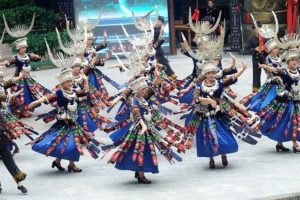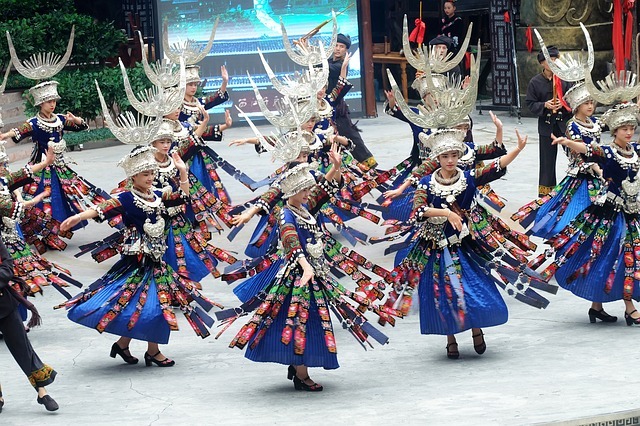If you’ve been to the north of Thailand, Vietnam or the south of Laos, Myanmar, and China, you’ve probably seen someone from the Hmong ethnic group or heard them speaking the Hmong language. Hmong has a long history and a fascinating culture associated with it. In this article, we’ll share some interesting facts about this ethnic group and their complex language.
What is Hmong and where is this language spoken today?
Hmong (pronounced mung) are a different racial group from originally from the Southwest of China, and their history spans over 2,000 years. They’re an ethnic group that have never had a country of their own. Due to a long history of political and war treason, many Hmong people have migrated to Laos, Thailand, the USA, France, Australia, and some other parts of the world. Not only are they racially distinct, their languages are also linguistically complex too!
The Hmong language
The language was developed among the Hmong people who are closely related to Miao in Southern China, as far back as two thousand years ago. It was derived from a western branch of the Hmong-yao language cluster.
Tonal and phonology
Hmong is a tonal language, in a similar way to Chinese, Thai, Vietnamese and Laothian. There are eight tones (though some say there are seven). There is a high tone, low tone, and even a low falling tone. Regardless of the tone of a word, the final printed word will have an indication of which tone should be used when that word is to be spoken. Moreover, their phonology is quite complex. Although Hmong is written in Roman characters, the spelling and the pronunciation are not what you’d expect.
The ‘color’ dialects
 In the same nature as British English and American English, the Hmong language has two main dialects: White (Hmong Daw) and Green (Mong Njua), which is widely known in Laos and the United States – especially in Minnesota where most US-based Hmong currently reside. Traditionally, these colors refer to how each group’s colors and patterns are. For example, the White Hmong women would often wear a white skirt. In America, White Hmong is also known as Blue Hmong. In modern times, many Hmong don’t limit their clothing to their dialects as was done historically.
In the same nature as British English and American English, the Hmong language has two main dialects: White (Hmong Daw) and Green (Mong Njua), which is widely known in Laos and the United States – especially in Minnesota where most US-based Hmong currently reside. Traditionally, these colors refer to how each group’s colors and patterns are. For example, the White Hmong women would often wear a white skirt. In America, White Hmong is also known as Blue Hmong. In modern times, many Hmong don’t limit their clothing to their dialects as was done historically.
It’s interesting to note that there are also other ‘colors’ of Hmong, such as Red Hmong and Black Hmong. Among the many Hmong dialects in China, it’s the Dananshan dialect that forms the basis of the standard language.
All in all, the Hmong language is one of the richest and fullest languages in the world, embracing over two thousand years of culture and values. Although it’s highly complex and fragmented in certain ways, Hmong deserves to be discovered, preserved and continually developed. Nowadays, there are over 2 million Hmong speakers around the world and their numbers are growing. Who knows, they might be your business target one day if they haven’t been already!
